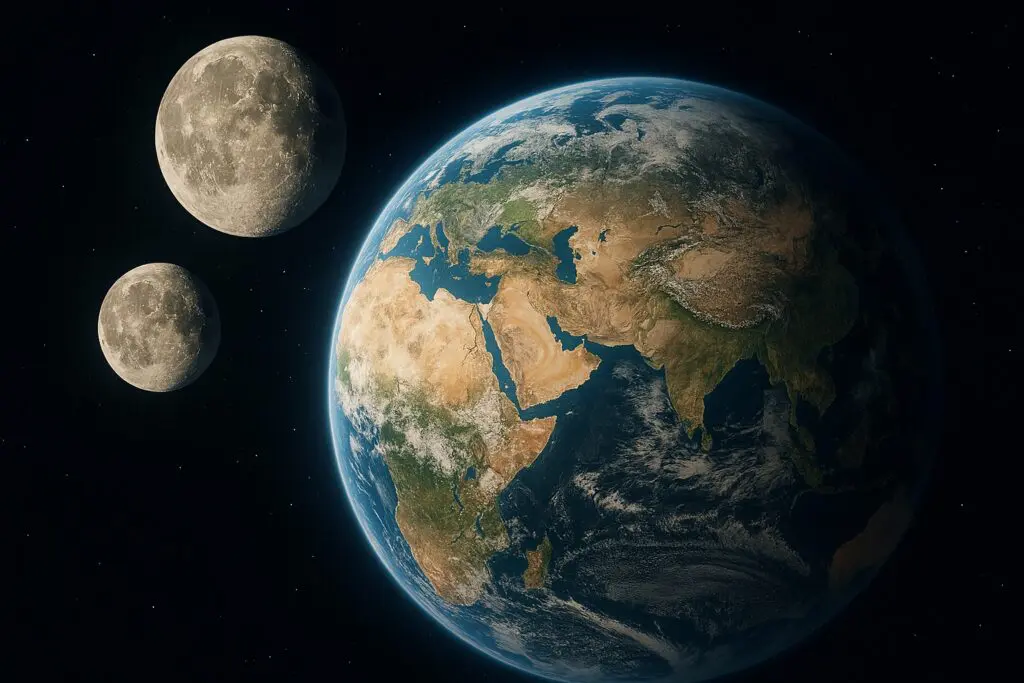
A new “travelling companion” is added to the history of our planet: it is called 2025 PN7 and is a quasi-moon of the Earth. It is a asteroid approximately 19 metres in diameter which for sixty years has been moving in a particular orbital resonance with our planet. Because of this dynamic, it appears to orbit the Earth, even though it actually follows the Sun along a path very similar to our own.
The discovery was made official by astronomers from the’Pan-STARRS observatory in Hawaii and published in Research Notes of the’American Astronomical Society.
How the near-moon was discovered 2025 PN7
Thanks to the Horizons from NASA's Jet Propulsion Laboratory and Python-based calculation tools, the researchers identified the asteroid the 2 August 2025. Simulations show that 2025 PN7 has followed this trajectory for about 60 years and will continue to do so for at least another six decades, before moving away for good.
A relatively short period, compared to other known quasi-moons, some of which have accompanied the Earth for much longer.
Quasi-moons and mini-moons: what is the difference?
Le quasi-moons like 2025 PN7 do not really orbit the Earth, but follow trajectories that make them appear to be bound to our planet. The mini-moons, Instead, they are temporarily captured by the Earth's gravitational attraction and actually revolve around us for a limited period.
We currently know six other quasi-moons in addition to 2025 PN7:
A new class of celestial bodies: the Arjuna
Astronomers explain that these objects belong to the class of Arjuna asteroids, bodies with orbits very similar to Earth's. Some of them can become temporary satellites of the Earth, but most remain in an “equilibrium” position, accompanying us on our journey around the Sun.
“Over 30 years ago, it was thought that the first quasi-satellite might even be an alien probe,” Pan-STARRS scientists recall. “Today we know that these are natural objects and that they constitute a secondary population of near-Earth asteroids.”.